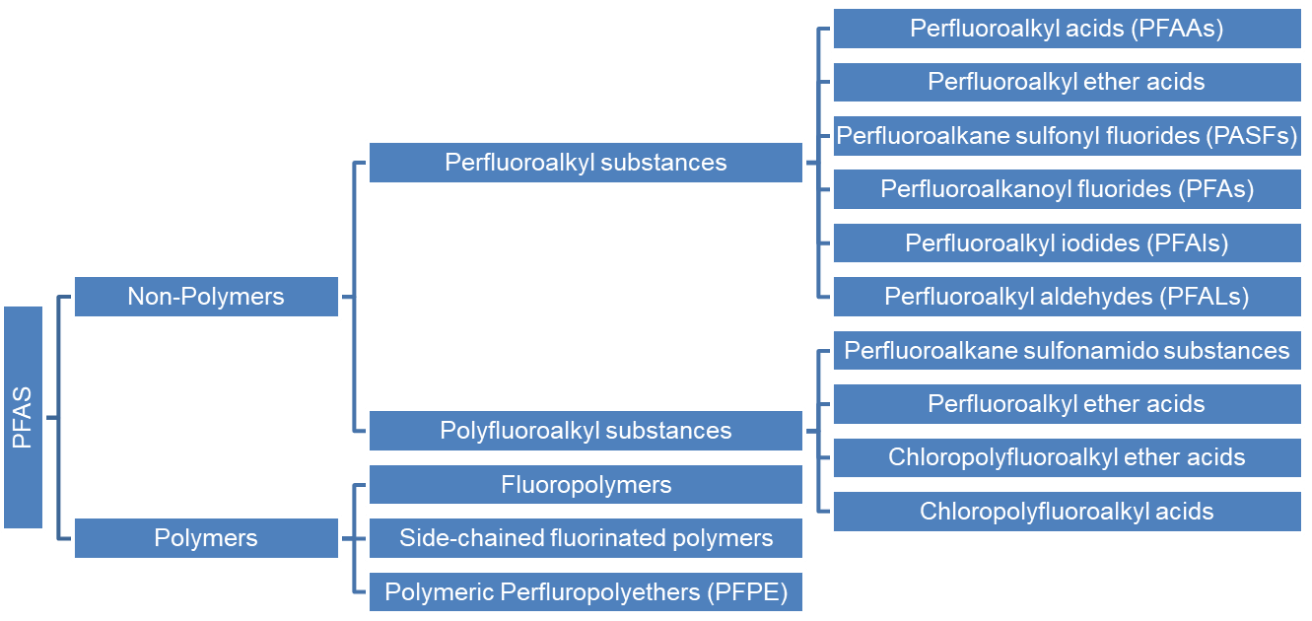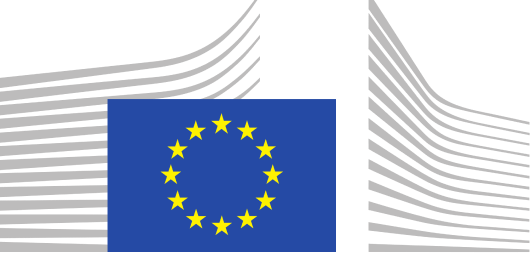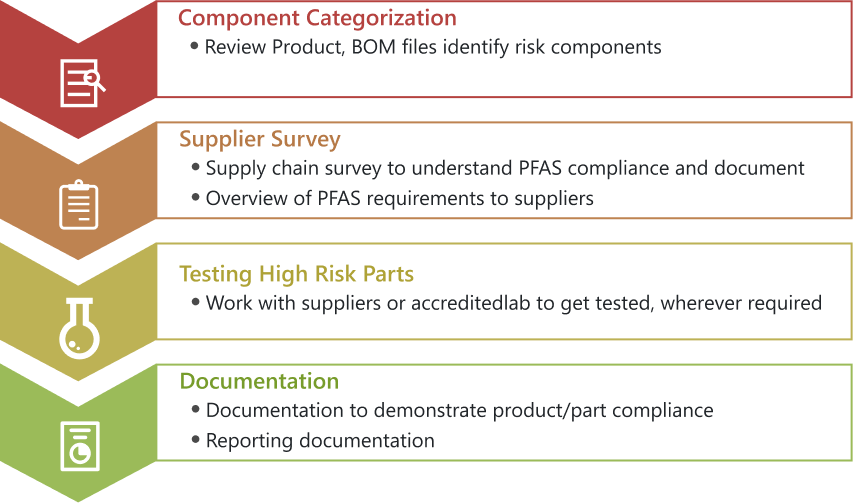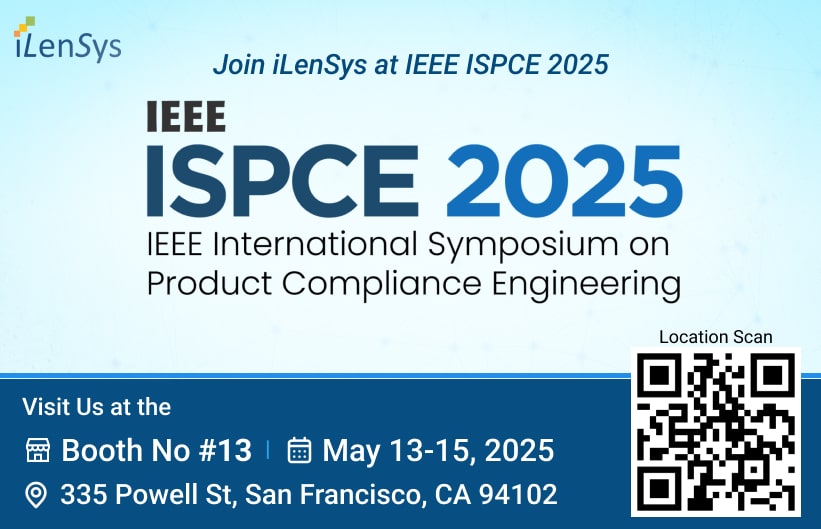Overview
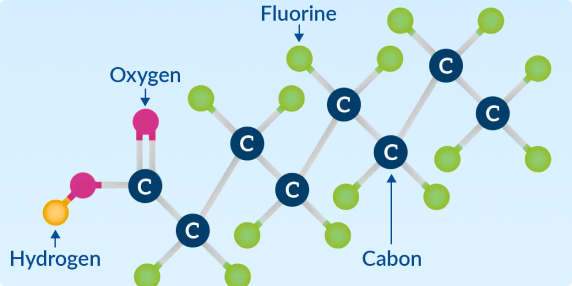
Introduction to PFAS
PFAS, or Per- and Polyfluorinated Alkyl Substances, represent a vast group of over 12,000 chemically related substances developed since the 1940s. These chemicals, known for their robust carbon-fluorine bonds, are incredibly persistent in the environment and widely found in various consumer products and industrial applications.
The Impact of PFAS
PFAS are often termed "forever chemicals" due to their long-lasting nature, PFAS pose significant environmental and health risks. They can migrate through soil, water, and air, leading to widespread contamination. Exposure to PFAS has been linked to cancer, liver and kidney dysfunction, developmental issues, and immune system impairments, among other health concerns.
 (1).png)
Application of PFAS
PFAS's unique properties make them valuable across diverse industries, from firefighting foams to non-stick cookware, water-repellent fabrics, and more. Their widespread use underlines the challenge in managing and mitigating their environmental footprint.
.png)
Classification of PFAS
PFAS substances are a complex group, and understanding their variety helps in grasping the scope of associated regulations. Here's a diagram for visual representation:
